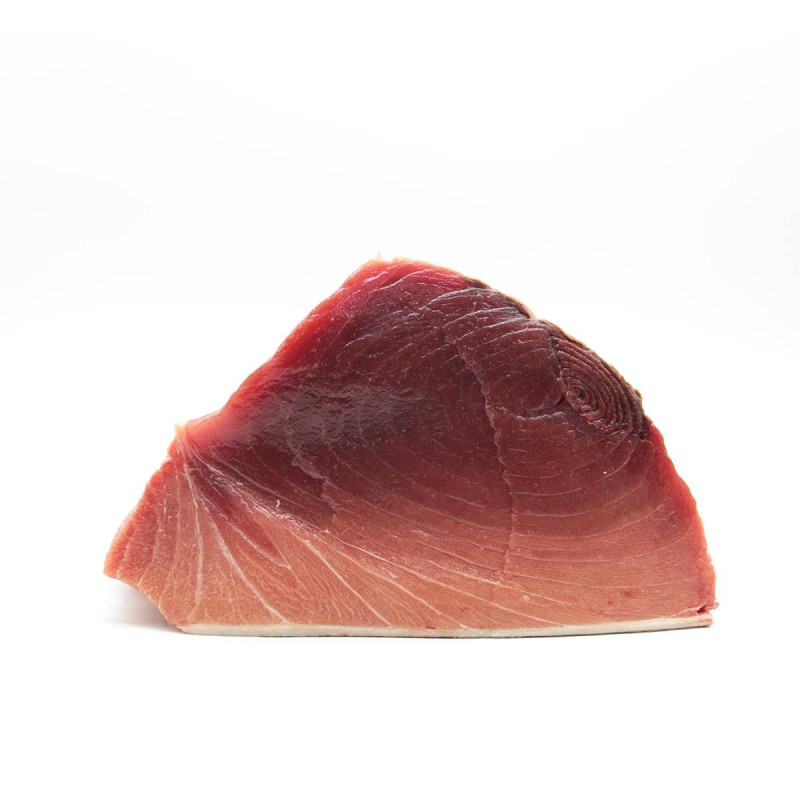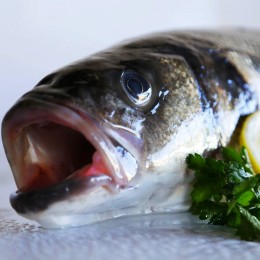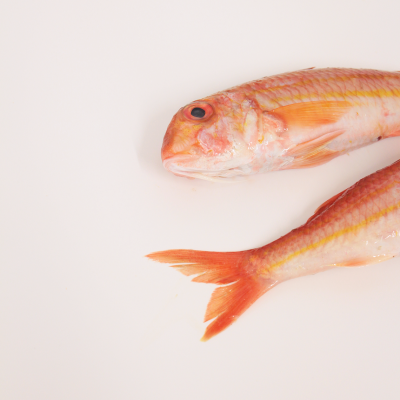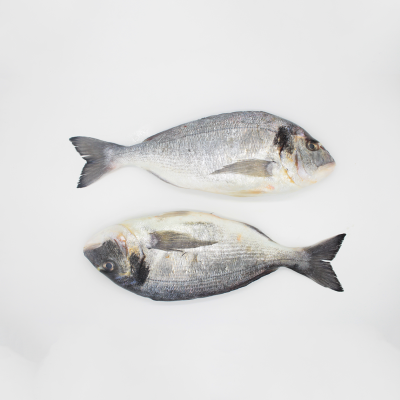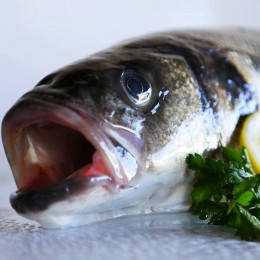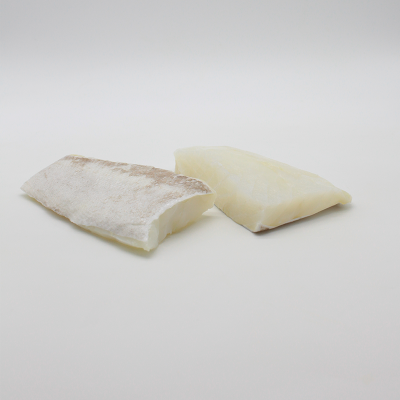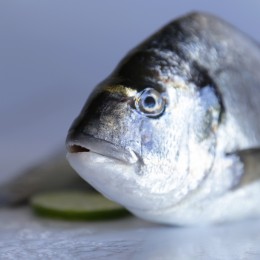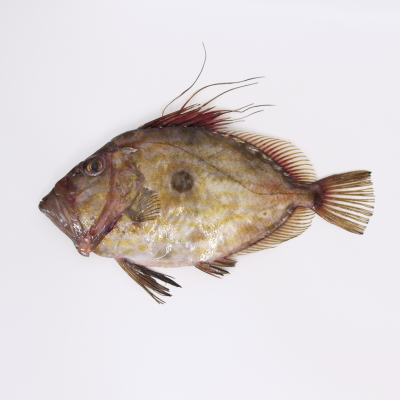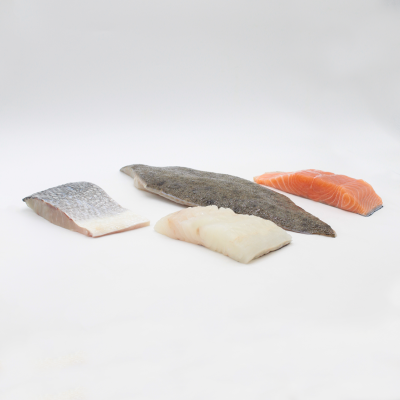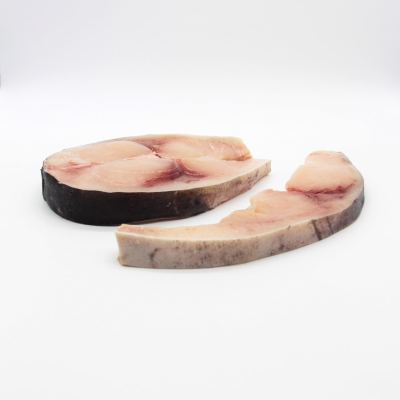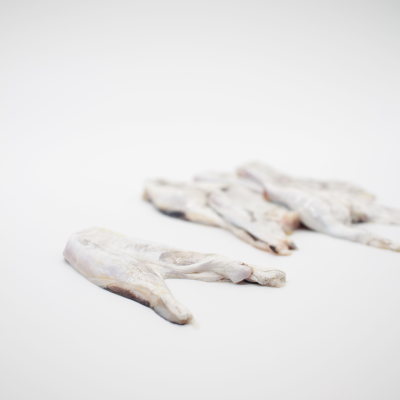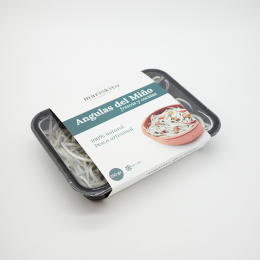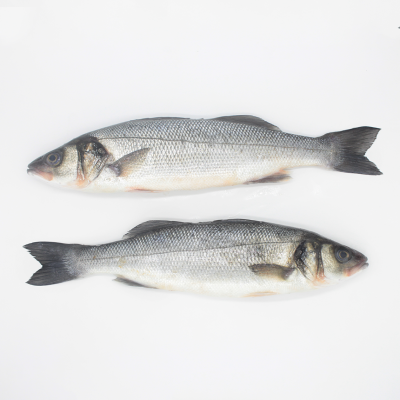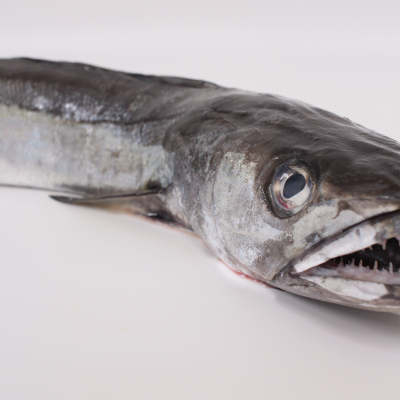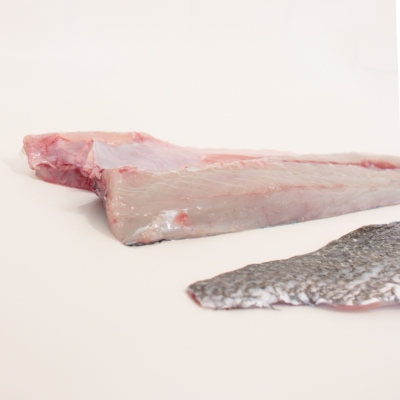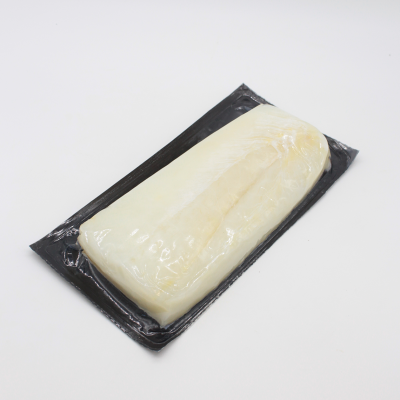The bluefin tuna (Thunnus thynnus) is one of the most exquisite blue fish, undoubtedly the most prized of the tuna species. It lives mainly in the pelagic ecosystem of the North Atlantic and its adjacent seas, especially in the Mediterranean Sea.
It is a migratory fish with a large, conical head. Its body is fusiform, robust and paunchy, dark blue on the back, lighter and greyish on the flanks and silver on the belly.
They tolerate enormous temperature changes, and can be found from the cold waters off the coasts of Newfoundland or Iceland, to the warm, tropical waters of the Gulf of Mexico or the Mediterranean Sea, where they migrate every year to spawn.
Bluefin tuna can grow to over 3 metres in length and weigh 600 kilos. The large pieces fetch a high market value. It is one of the most commercially valuable fisheries in the world, which has led in recent decades to a serious situation of overfishing, to the point of being declared a species in danger of extinction. A recovery plan for bluefin tuna in the Eastern Mediterranean has been in place since 2006 and is already bearing fruit.
In Spain, the fishing of bluefin tuna in the almadraba, which takes place between April and June, has great repercussions. The almadraba is a thousand-year-old fishing method that consists of preparing a labyrinth of nets in the passage of the tuna through the Strait of Gibraltar during their migration from the Atlantic to the Mediterranean. It should be noted that despite appearing to be a violent method of capture, in reality it is a selective, sustainable and environmentally friendly procedure, with the aim of ensuring that the animal suffers as little as possible.
